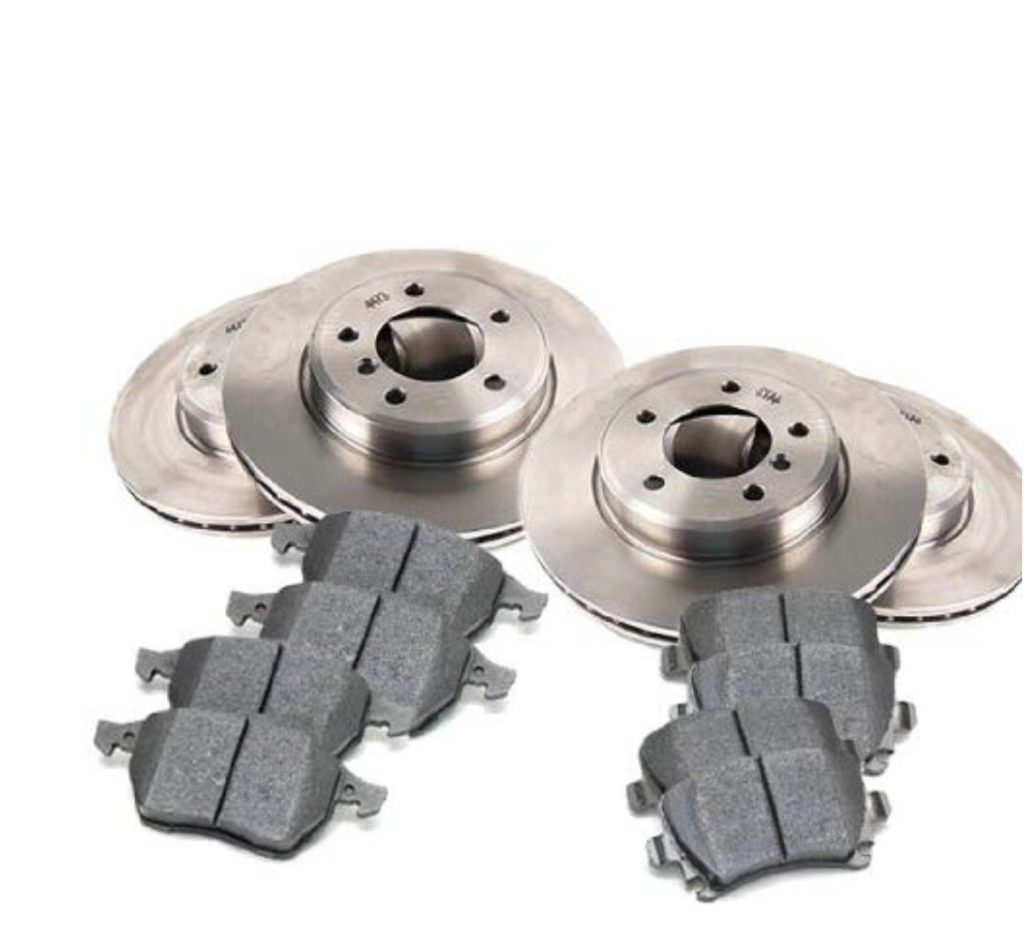When it comes to maintaining the brakes on your vehicle, one of the most important components to consider is the brake pads. Brake pads are a crucial part of the braking system that provides the necessary friction to stop the vehicle when the brakes are applied. There are several different types of brake pads available, each with their own unique characteristics and benefits. In this article, we’ll explore the most common types of brake pads and what makes them different.
- Ceramic brake pads Ceramic brake pads are a popular choice for drivers who want a high-performance and low-dust option. Ceramic brake pads are made from a combination of ceramic fibers and non-ferrous materials. They are known for their superior stopping power, as well as their ability to reduce brake dust and noise. Ceramic brake pads are also long-lasting, making them a good investment for those who want to save money in the long run.
- Organic brake pads Organic brake pads, also known as non-metallic brake pads, are made from a mixture of organic fibers, rubber, and resin. They are an affordable and environmentally-friendly option, as they do not contain any metallic materials. Organic brake pads are relatively quiet and produce less brake dust, but they are not as durable as some other types of brake pads. They are best suited for drivers who use their vehicles for light or moderate driving.
- Semi-metallic brake pads Semi-metallic brake pads are a popular choice for high-performance vehicles and those that are used for heavy-duty applications. They are made from a combination of metal fibers, such as steel or copper, and other materials, such as organic fibers or graphite. Semi-metallic brake pads are known for their excellent heat dissipation, which makes them ideal for use in high-temperature environments. They also offer good stopping power and durability, but can be noisy and produce more brake dust than other types of brake pads.
- Low-metallic NAO brake pads Low-metallic NAO (non-asbestos organic) brake pads are made from a mixture of organic and metallic materials, such as steel or copper. They offer good stopping power and are relatively quiet, but can produce more brake dust than other types of brake pads. Low-metallic NAO brake pads are a good option for drivers who want a balance of performance and affordability.

When choosing brake pads, it’s important to consider factors such as the type of driving you do, the environment you drive in, and your budget. While each type of brake pad has its own unique advantages and disadvantages, the most important thing is to choose a brake pad that is compatible with your vehicle and meets the necessary safety standards. A qualified mechanic can help you choose the right type of brake pads for your vehicle, and can also provide expert advice on how to properly maintain your brakes for optimal performance and safety.

